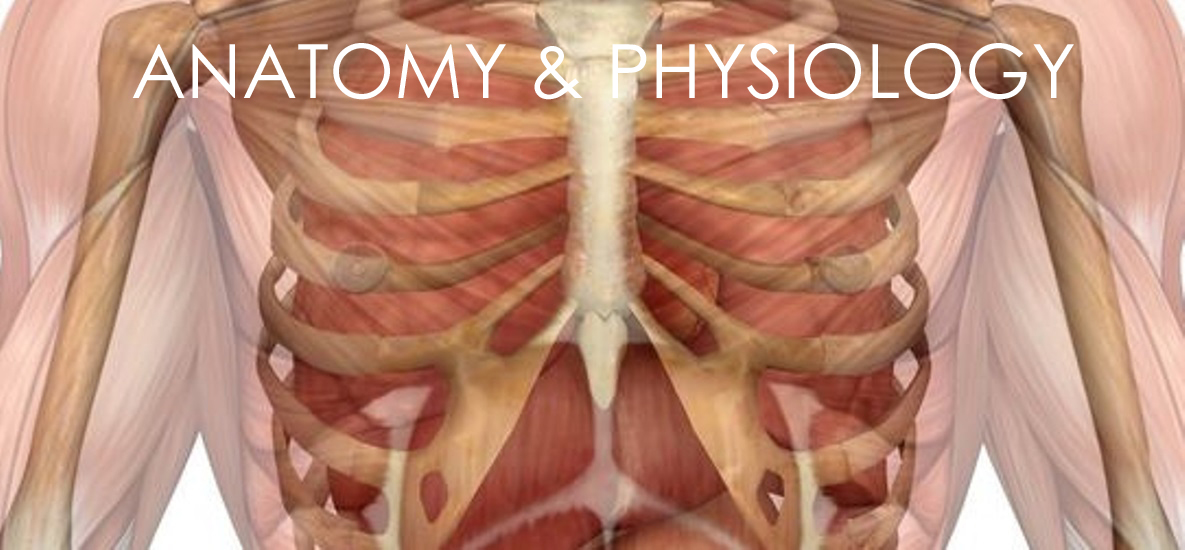Separation of the Embryo
The embryo increases rapidly in size, but the circumference of the embryonic disk, or line of meeting of the embryonic and amniotic parts of the ectoderm, is of relatively slow growth and gradually comes to form a constriction between the embryo and the greater part of the yolk-sac. By means of this constriction, which corresponds to the future umbilicus, a small part of the yolk-sac is enclosed within the embryo and constitutes the primitive digestive tube.
 |
| The embryo increases more rapidly in length than in width, and its cephalic and caudal ends soon extend beyond the corresponding parts of the circumference of the embryonic disk and are bent in a ventral direction to form the cephalic and caudal folds respectively (Figs. 26 and 27). The cephalic fold is first formed, and as the proamniotic area (page 47) lying immediately in front of the pericardial area (page 47) forms the anterior limit of the circumference of the embryonic disk, the forward growth of the head necessarily carries with it the posterior end of the pericardial area, so that this area and the buccopharyngeal membrane are folded back under the head of the embryo which now encloses a diverticulum of the yolk-sac named the fore-gut. The caudal end of the embryo is at first connected to the chorion by a band of mesoderm called the body-stalk, but with the formation of the caudal fold the body-stalk assumes a ventral position; a diverticulum of the yolk-sac extends into the tail fold and is termed the hind-gut. Between the fore-gut and the hind-gut there exists for a time a wide opening into the yolk-sac, but the latter is gradually reduced to a small pear-shaped sac (sometimes termed the umbilical vesicle), and the channel of communication is at the same time narrowed and elongated to form a tube called the vitelline duct. |
